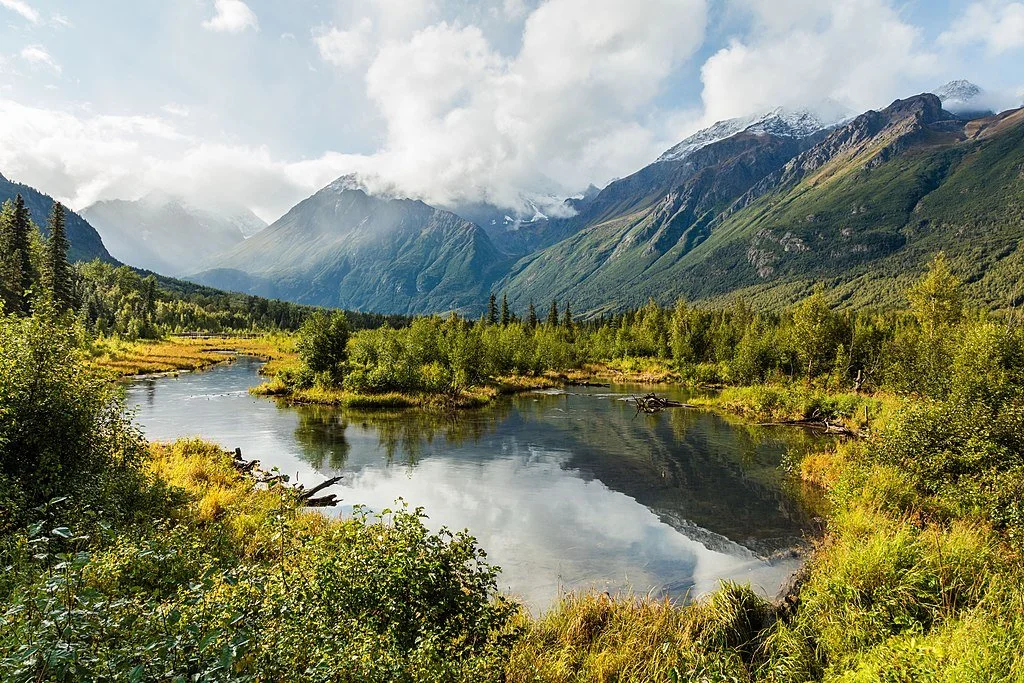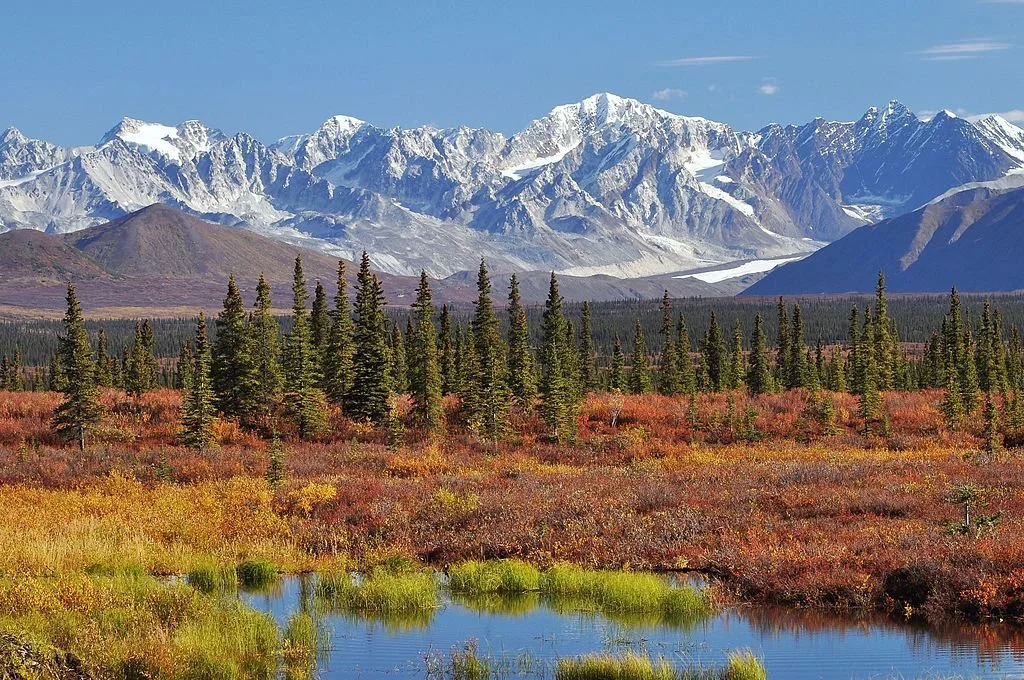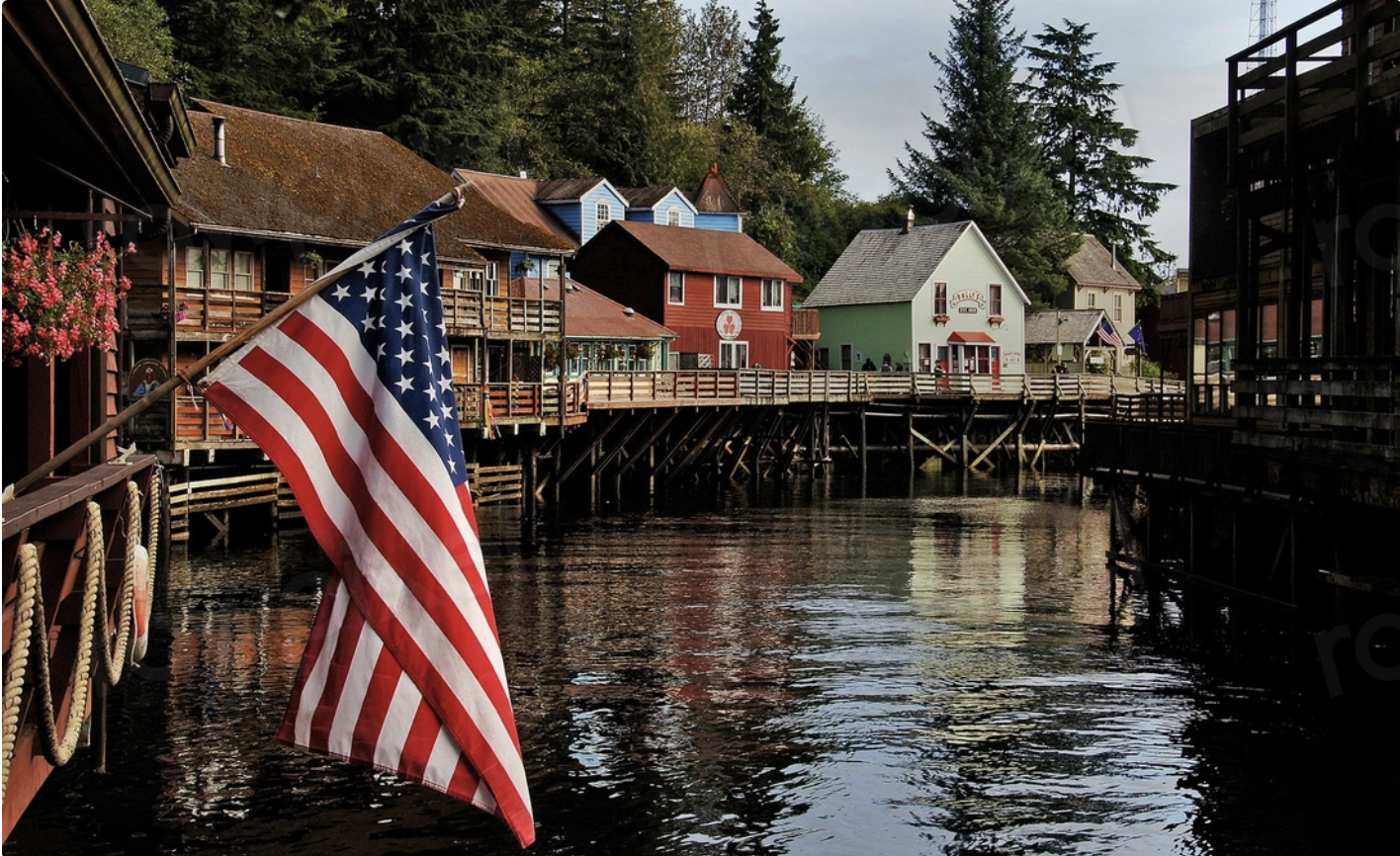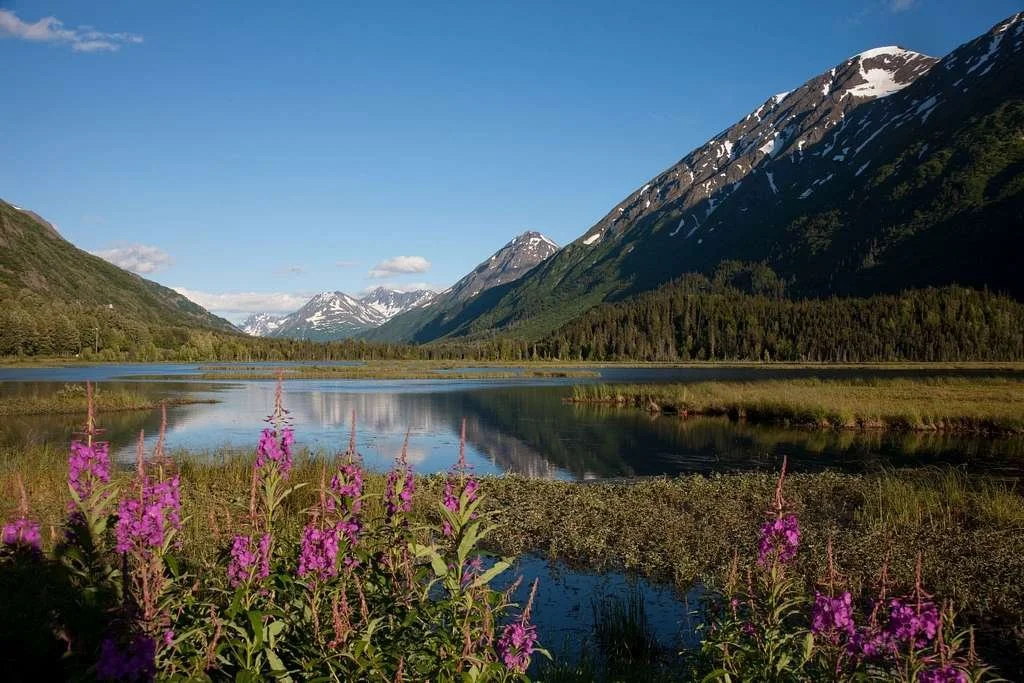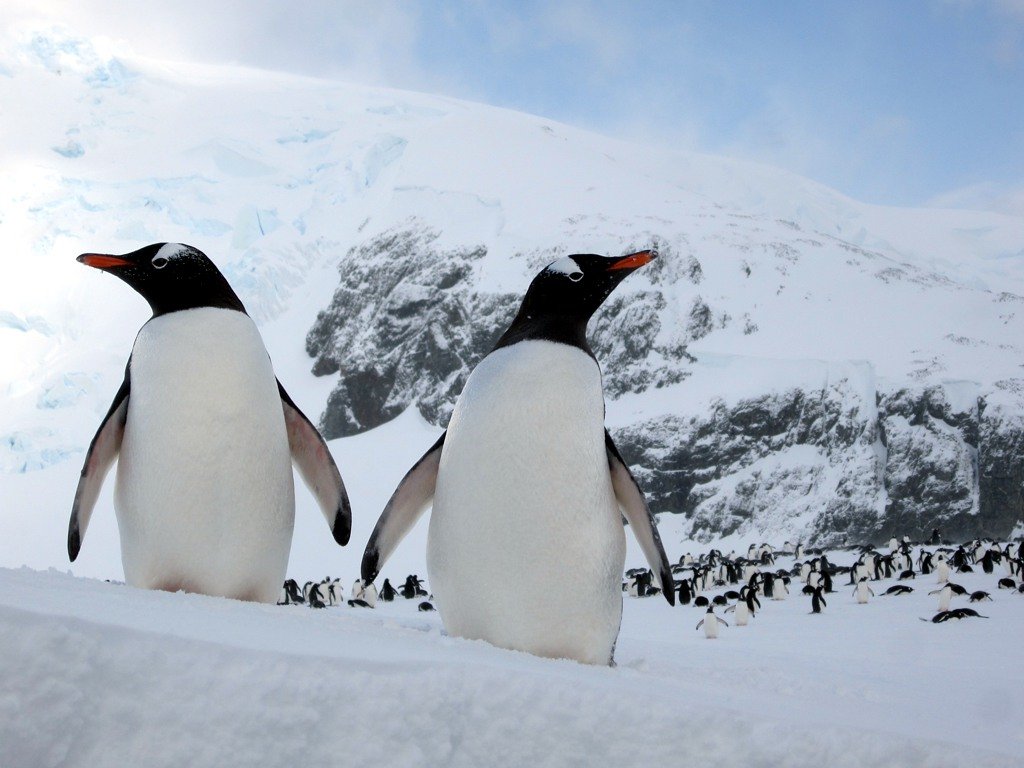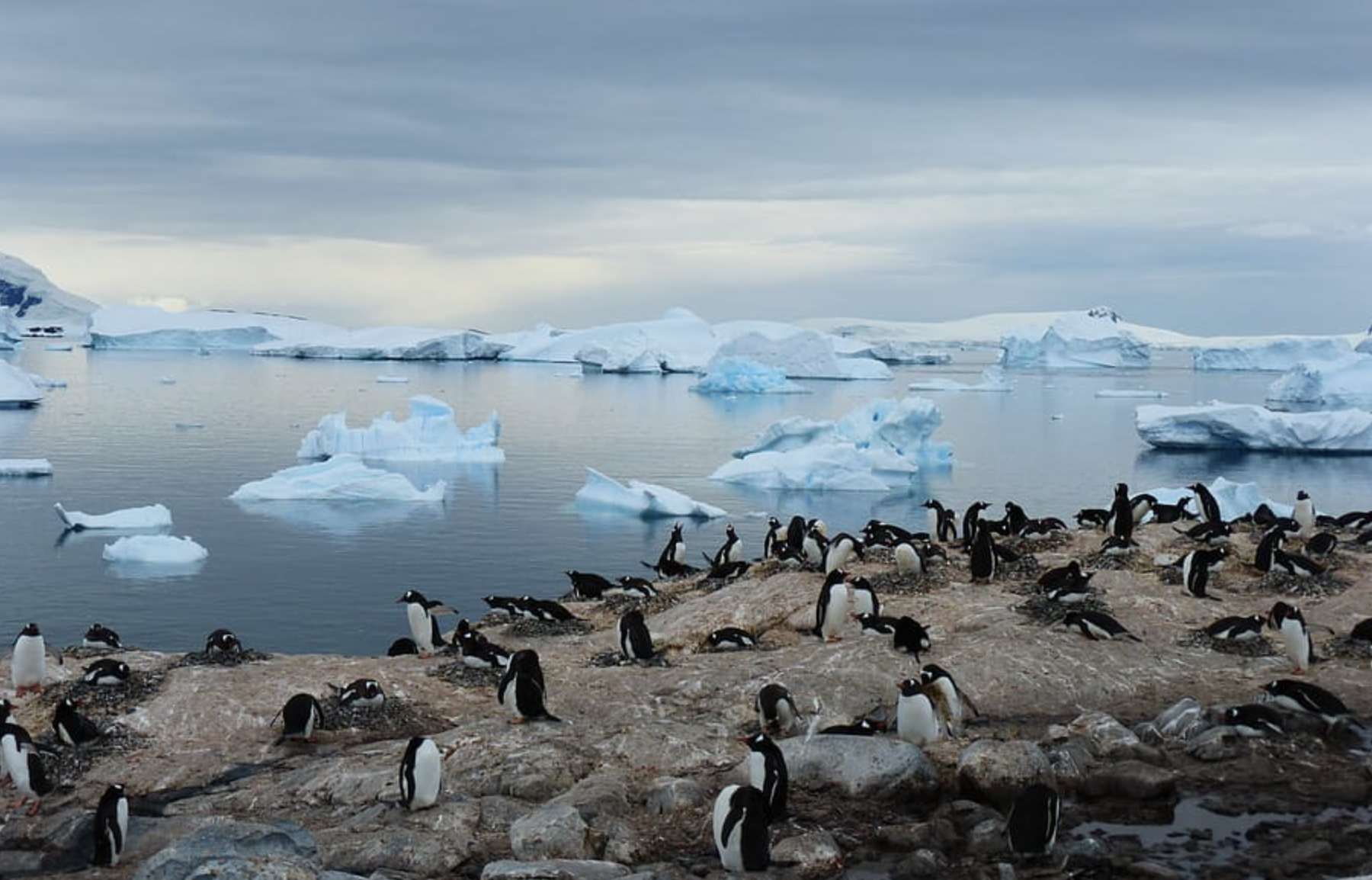The best of Alaska: the glaciers, boreal forests, grizzlies, moose, eagles, orcas and rugged coastlines of the Alaska wilderness.
True explorers can discover the untamed beauty of Alaska: glaciers, forests, wildlife and rugged coastlines.
It’s been referred to as the “Last Frontier” — and for good reason. Alaska is one of the few great wildernesses remaining in the United States. This breathtaking, diverse expanse is an extraordinary spectacle: a diverse landscape of towering glaciers, rugged mountain peaks, vast empty tundras and dramatic coastal plains. It’s one of the most exciting places in the world to explore for adventurous travelers and is packed full of natural wonders waiting to be discovered.
Aboard an Alaskan cruise, every view is a postcard moment.
An Alaskan cruise opens up a world of awe-inspiring beauty and lets you get to the heart of this remote yet stunning corner of the world. Discover the best landscapes of Alaska’s varied and surprisingly diverse wilderness.
Denali, aka Mount McKinley, is the tallest mountain in North America, standing at an impressive height of 20,310 feet (6,190 meters).
Glacier-Carved Mountains
Towering mountain ranges are a constant feature of the Alaskan landscape. Dramatic peaks and rugged ridges dominate the vistas, crowned by snow, ice and glaciers. Some of the continent’s highest summits can be found in the 49th state, including Mount Denali, the tallest mountain in North America. These peaks and valleys, carved over thousands of years by migrating glaciers, are a remarkable place for outdoor enthusiasts to explore, and a great place for hiking, mountaineering and wildlife watching.
Some of the numerous glaciers in Alaska are 30,000 years old!
Majestic Glaciers
Alaska’s glaciers are some of the state’s most popular attractions. The vast ice fields that cover over 100,000 square miles are actually ancient rivers of ice, constantly shifting and imperceptibly flowing, and are responsible for sculpting most of what constitutes the landscape of Alaska.
While exploring Alaska’s glaciers isn’t for the faint-hearted, a hike over one of these frozen monuments is a unique and breathtaking experience, and you will stand gaping in awe at the towering ice walls, deep crevasses and shimmering blue ice caves. It truly is transcendental. For the less adventurous, a helicopter ride over the ice is also a treat.
The boreal forest in Alaska takes up about 65% of the state’s land mass.
Wildlife-Rich Forests
Many people think of Alaska as a barren wasteland, but its boreal forests are actually teeming with life and offer an important habitat for a huge variety of flora and fauna. Enormous stands of spruce, fir and cedar spread far and wide across the state and are home to a remarkable variety of ecosystems and natural beauty.
Up to 8,000 moose are hunted every year in Alaska.
Kodiak are members of the grizzly family and are only found on an archipelago in Alaska.
Filled with meandering rivers, tranquil lakes and pristine wetlands, Alaska’s forests are a wonderful way to see the richness and diversity of the state up close. They also offer the chance to encounter some of the Last Frontier’s most iconic wildlife, including grizzlies, moose, wolves and eagles, as well as some more hidden gems such as caribou, lynx and wolverines.
Ketchikan, known as Alaska’s “first city,” sure looks quaint — but this strip is its historic red light district.
Coastal Marvels
It’s hard to do justice to the rough, rugged magnificence of Alaska’s coastline. Stretching for over 6,600 miles, it stands in stark contrast to the wilderness of the interior, serving up a landscape of rocky cliffs, hidden coves and eye-catching beaches, as well as charming fishing villages and delightful old towns.
Orcas, aka killer whales, are actually dolphins. But the other part of their name is apt: They’re apex predators that hunt and consume sharks, baby whales and seals.
The coastline also gives visitors the chance to discover Alaska’s marine marvels, with whale watching a particular highlight. The abundant wildlife just offshore includes orcas, sea otters, dolphins and harbor seals.
Alaska: where adventure meets awe-inspiring beauty.
The beauty and diversity of Alaska’s landscapes cannot be overstated, and a trip to this wonderful state provides adventure, excitement and natural wonders in equal measure. This stunning destination offers a chance to reconnect with nature and should be on every traveler’s bucket list! –Boris Dzhingarov

